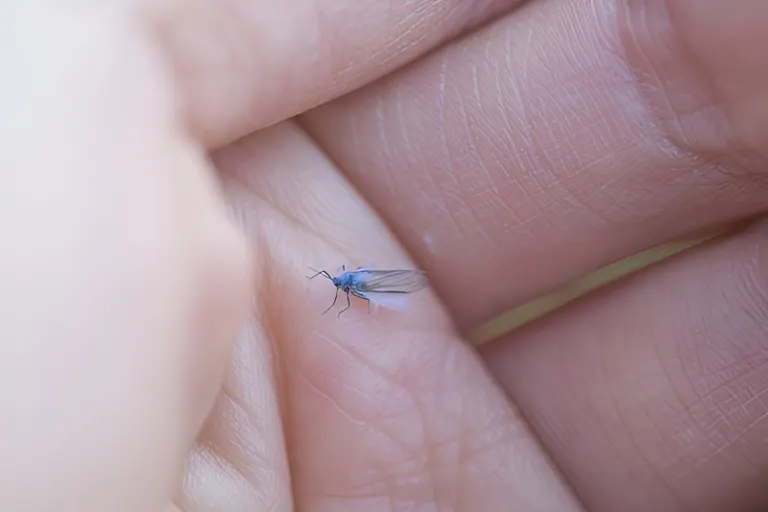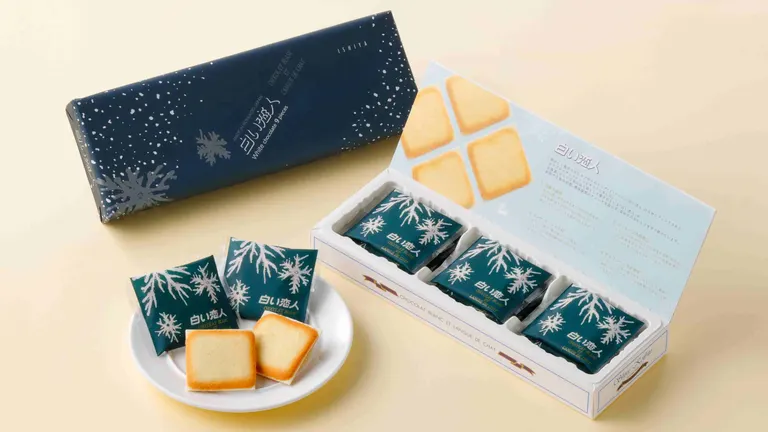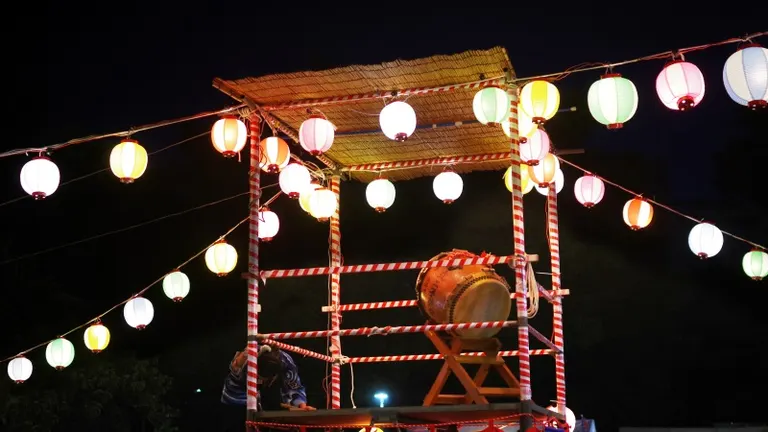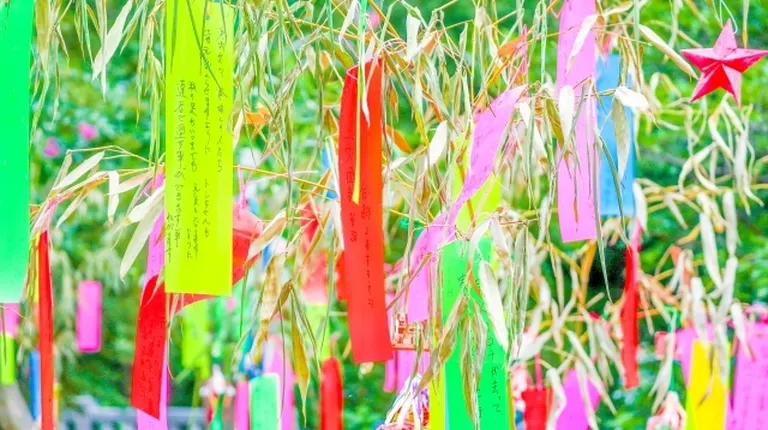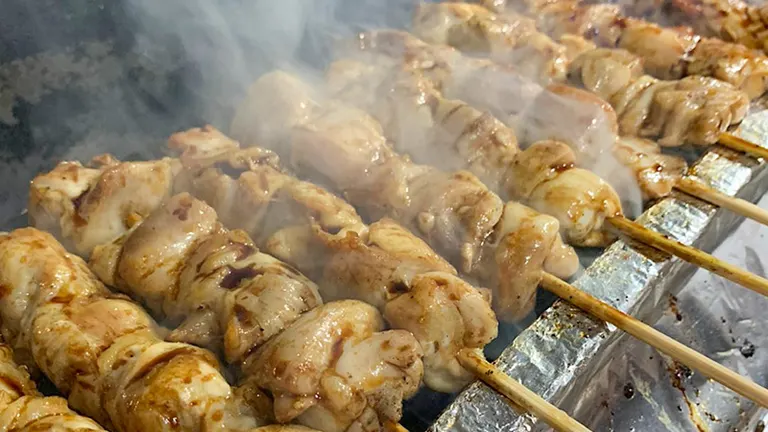
ARTICLES
Yakitori but Pork? The appeal and differences between Muroran yakitori and Bibai yakitori are thoroughly explained!
Muroran yakitori and Bibai yakitori are two of Hokkaido's most famous local delicacies and soul food, Muroran yakitori from Muroran City and Bibai yakitori from Bibai City. They have different characteristics and each has its own delicious taste, and we would like to introduce the charm and differences of each.
Yakitori" but not "Tori-"? The Mystery of Muroran Yakitori
First of all, let us introduce "Muroran Yakitori". Muroran Yakitori" as a local delicacy has "three characteristics".
1: Pork is used instead of chicken
Muroran Yakitori, although called Yakitori, is actually made of pork. The reason for this goes back to the beginning of the Showa period. At that time, there was a growing demand for pigskin as a material for military boots. This may be the reason why pork was more inexpensive than chicken, and there were many stalls that grilled pork on skewers. These skewers, loved by the "iron men" of Muroran, which prospered from its iron manufacturing industry, are thought to be the prototype of "Muroran yakitori.
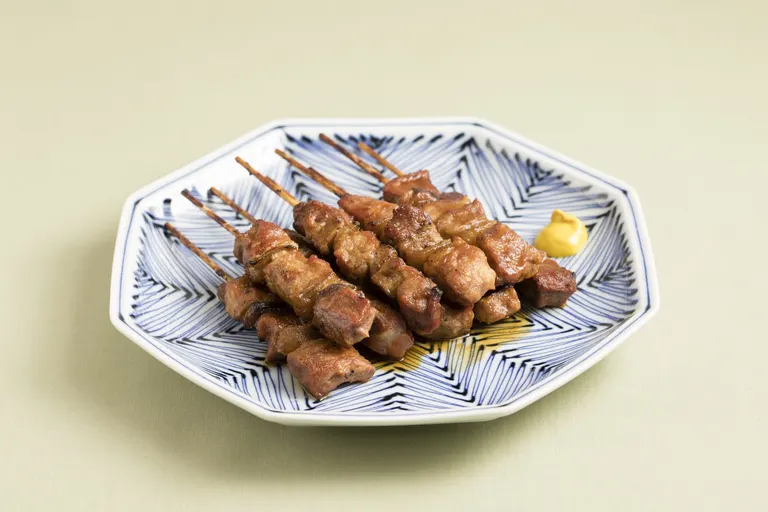
Image source: "Our Local Cuisine," Ministry of Agriculture, Forestry and Fisheries
2: Onions, not leeks, are sandwiched between the onions
In general, yakitori should have onions sitting between the meat. In the case of Muroran yakitori, however, what is there is onion. Onions go well with Hokkaido's climate, are inexpensive, and go well with pork, so this style seems to have taken root naturally.
3: Garnished with a mustard
When you order yakitori at a Muroran yakitori restaurant, you are sure to find mustard on the plate. There are various theories as to why this is the case, but some genuine Muroranians are such devotees of karashi that they say, "You have to mix the sauce and karashi so that they become one before eating it," making Muroran yakitori and karashi inseparable.
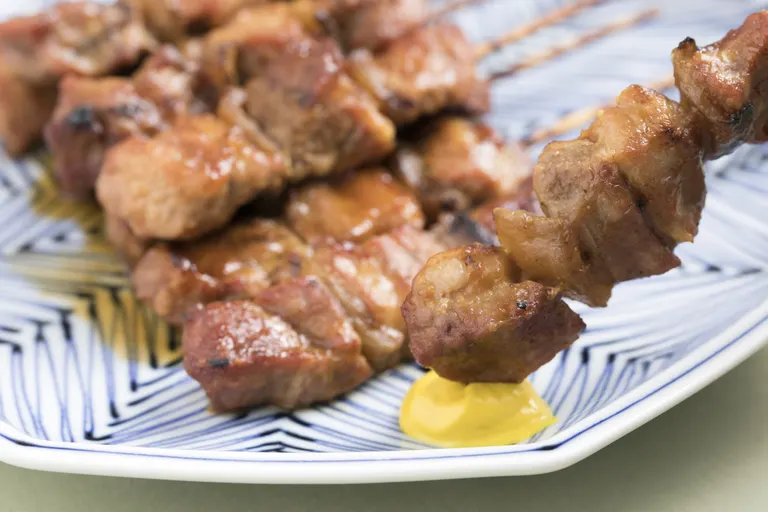
Image source: "Our Local Cuisine," Ministry of Agriculture, Forestry and Fisheries
I thought it was seasoned with sauce, but it seems that whether it is seasoned with sauce or salt has nothing to do with the conditions for being Muroran yakitori. Incidentally, there is no menu called "Muroran Yakitori," but it is locally called "Butasei" (pork spirit). Each restaurant has its own unique style, such as the secret sauce and the way the meat is prepared, and many Muroran citizens seem to have a favorite restaurant they go to. When you visit Muroran, be sure to compare the different restaurants!
- 1
- 2







